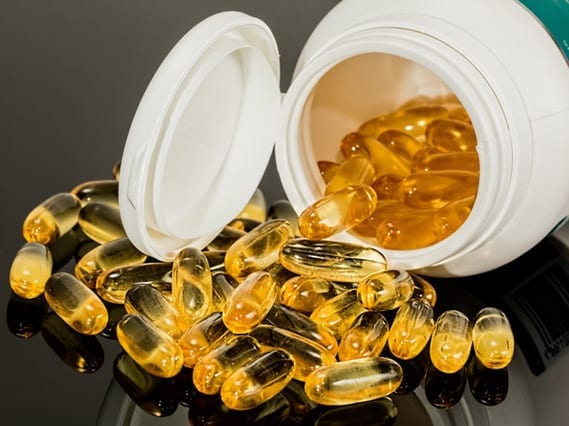High-doses of Vitamin D Found to Decrease Bone Density
A double-blinded, three-year clinical trial has found that, not only do high doses of vitamin D not increase bone density, they may even lower it, Nicholas Bakalar of The New York Times reports.
Vitamin D is produced by the body in response to sun exposure, and is important in maintaining healthy bones and teeth, supporting the immune system, brain and nervous system, regulating insulin levels, supporting lung function and cardiovascular health, and can protect against conditions such as cancer, type 1 diabetes, and multiple sclerosis. But is it possible to have too much of a good thing?
Initially, researchers didn’t think so. The hypothesis of the trial, published in JAMA, asserted that vitamin D supplements would increase bone density and strength; their findings ultimately implied the opposite.
For this trail, scientists randomized 311 healthy adults between the ages of 55 and 70 without osteoporosis to daily doses of 400, 4,000, or 10,000 units of vitamin D. In the first group they found bone mineral density declined by 1.2%; the second, 2.4%; and the third 3.5%. There were no significant declines in bone strength in any of the groups.
“Current Health Canada recommendations were set to prevent the bone diseases caused by vitamin D deficiency for the vast majority of healthy Canadians. But it has been more difficult to clearly establish the optimal dose of vitamin D. When we designed this study, there remained a question whether there’s more benefit in taking a higher dose,” Dr. David Hanley, MD, endocrinologist in the Cumming School of Medicine at the University of Calgary and one of the principal investigators of the study, said.
“(W)e were surprised to find that instead of bone gain with higher doses, the group with the highest dose lost bone the fastest,” Dr. Steve Boyd, PhD, professor in the CMS and another principal investigator in this study added.
Dr. Boyd also notes that these results apply only to those without osteoporosis who had adequate levels of vitamin D to begin with.
Read more here.














